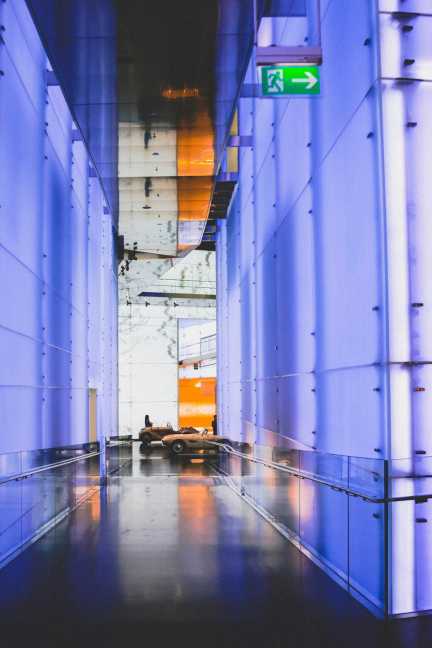Whether we realize it or not, color plays a significant role in the world of design. From branding to advertising, interior design to web design, the colors we choose can have a profound impact on how we perceive and interact with a product or space. But what exactly is the psychology behind color choice in design, and how can we harness the power of color to create more effective and engaging designs?
The psychology of color is a complex and fascinating field of study that explores how different colors affect our emotions, perceptions, and behaviors. Researchers have found that colors can evoke specific emotions and even influence our decisions and actions. For example, red is often associated with passion, energy, and excitement, while blue is linked to calmness, trust, and reliability. By understanding the psychology behind color, designers can use color strategically to convey a particular message or evoke a desired emotional response.
One of the most common ways that color is used in design is through branding. Companies carefully select colors for their logos and branding materials to convey the right message to their target audience. For example, many fast-food chains use red and yellow in their branding to evoke a sense of urgency and excitement, while healthcare brands often use calming blues and greens to convey trust and reliability. By choosing the right colors for their branding, companies can create a strong emotional connection with consumers and enhance brand recognition.
In addition to branding, color choice can also have a significant impact on user experience in web design. Studies have shown that users make quick judgments about a website based on its color scheme, with colors influencing how users perceive the credibility, professionalism, and trustworthiness of a site. For example, a website with a clean and simple color palette of blues and whites may be perceived as more trustworthy and professional than a site with bold and clashing colors.
Color can also influence how users navigate and interact with a website. By using contrasting colors for call-to-action buttons or important links, designers can draw attention to key elements on a page and guide users through the site more effectively. Similarly, colors can be used to communicate hierarchy and provide visual cues that help users understand the structure of a website. By using color strategically, designers can create intuitive and user-friendly experiences that encourage engagement and conversion.
In interior design, color choice can also have a profound impact on our emotions and wellbeing. Different colors can create different moods and atmospheres in a space, with warm colors like red and orange creating a sense of energy and excitement, while cool colors like blue and green evoke feelings of calm and relaxation. By choosing the right colors for a space, designers can create environments that promote productivity, creativity, and emotional wellbeing.
But how do designers choose the right colors for their projects? One approach is to consider the cultural and psychological associations of different colors. For example, in Western cultures, white is often associated with purity and cleanliness, while in some Eastern cultures, white is a symbol of mourning. By understanding the cultural meanings of colors, designers can ensure that their color choices resonate with their target audience.
Another approach is to consider the psychological effects of color on emotions and behavior. For example, studies have shown that warm colors like red and orange can increase heart rate and evoke feelings of excitement, while cool colors like blue and green can have a calming effect and reduce stress. By understanding how different colors affect our emotions and behaviors, designers can choose colors that support the goals and objectives of their projects.
In conclusion, the psychology of color is a powerful tool that designers can use to create more effective and engaging designs. By understanding the emotional and behavioral effects of color, designers can choose colors that resonate with their target audience, convey a specific message, and create impactful experiences. Whether in branding, web design, or interior design, color choice plays a crucial role in shaping our perceptions and interactions with the world around us. By harnessing the power of color, designers can create designs that not only look good but also feel good.

